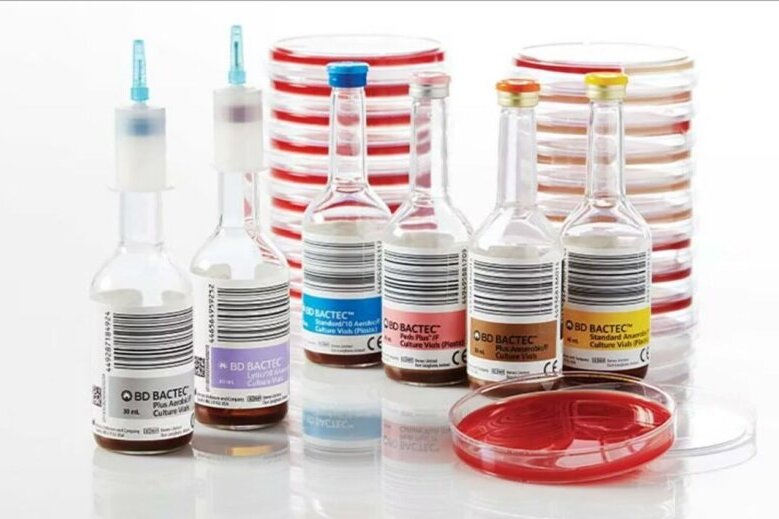Every year across the U.S., sepsis impacts about 1.7 million people and leads to 350,000 deaths, according to the Centers for Disease Control and Prevention.
September marks “Sepsis Awareness Month,” a time to raise public knowledge about a life-threatening medical condition that is relatively unknown in the general public.
Sepsis is the body’s extreme response to an infection.
Every year across the U.S., the condition impacts about 1.7 million people and leads to 350,000 deaths, according to the Centers for Disease Control and Prevention.
“Despite the threat of sepsis, we know that about 80% of the community is not able to identify the signs and symptoms of sepsis,” said Sharon O’Brien, a critical care physician at MedStar Georgetown University Hospital.
Awareness can be the difference between life and death, O’Brien said, as sepsis can come out of nowhere.
Anyone, regardless of age or health status, can develop it.
It starts with an infection, which could be something as common as a urinary tract infection, pneumonia or even a minor skin infection.
When the body overreacts, it causes damage to tissues and organs and it can lead to shock, multiple organ failure and sometimes death.
“Any infection can lead to sepsis,” said O’Brien. “It can be a bacterial infection, a viral infection including COVID or just about anything you can think of.”
Symptoms of sepsis can often mimic other conditions, which is part of why it’s so dangerous.
However, there are key warning signs.
The acronym “SEPSIS” can help:
- S — shivering, fever, or very cold
- E — extreme pain or discomfort
- P — pale, discolored, clammy or sweaty skin
- S — sleepy, confused or disoriented
- I — “I feel like I might die”
- S — shortness of breath
“Those are all signs and symptoms of sepsis that warrant immediate medical attention,” said O’Brien. “It moves very quickly, so the rapid administration of antibiotics and rapid urgent medical care is what people really need.”
Everyone is susceptible to sepsis, but there are certain people who are at higher risk, including infants, adults over 65, people with a compromised immune system and anyone who has had recent surgery or a hospitalization.
“Individuals with diabetes or chronic kidney disease can also be at higher risk, along with individuals who are pregnant or postpartum,” said O’Brien.
Get breaking news and daily headlines delivered to your email inbox by signing up here.
© 2024 WTOP. All Rights Reserved. This website is not intended for users located within the European Economic Area.
